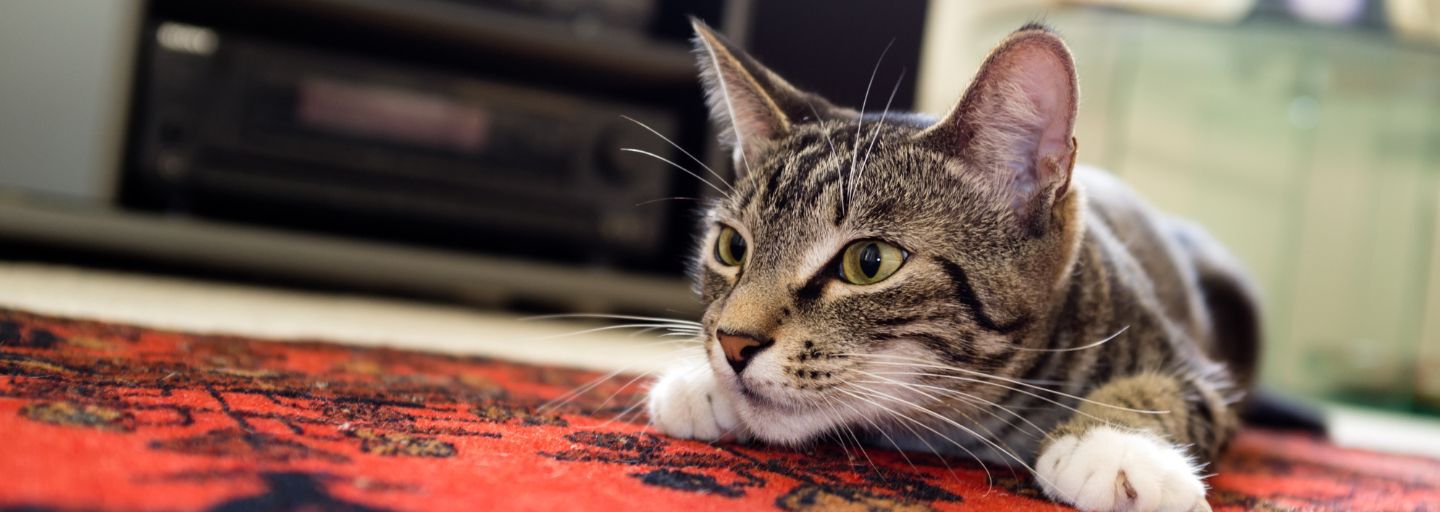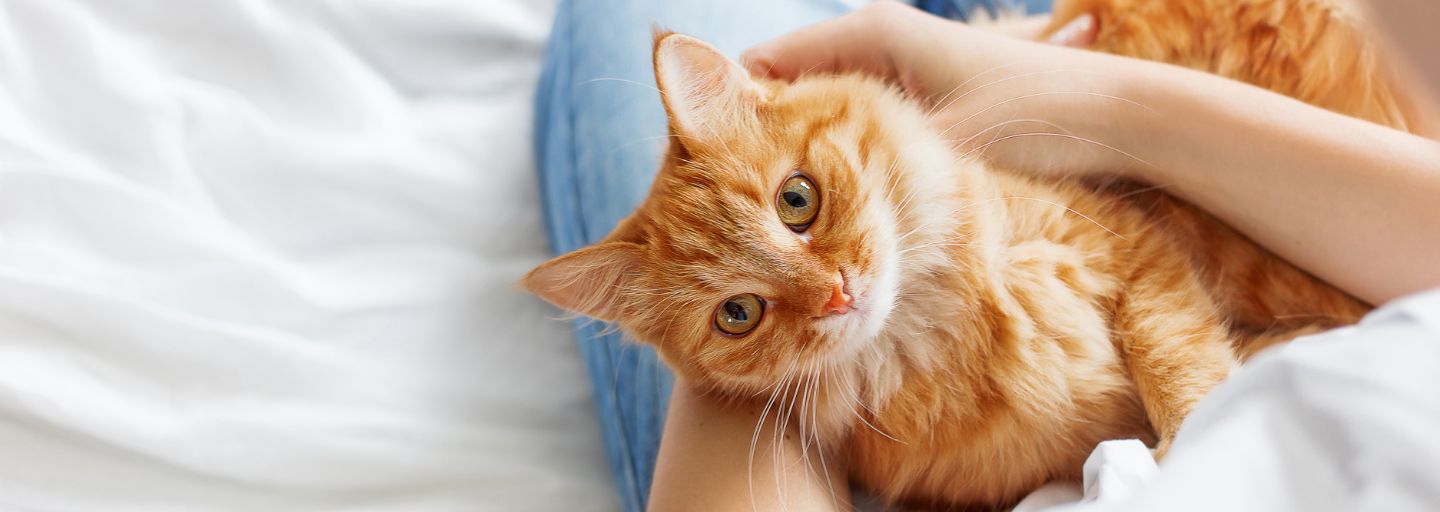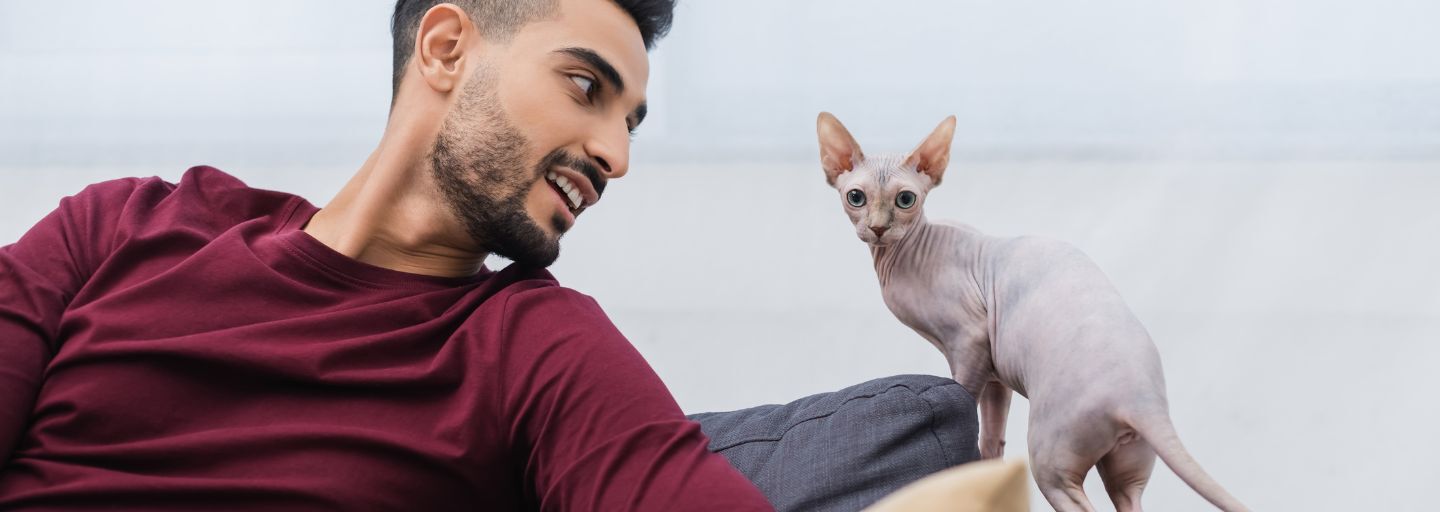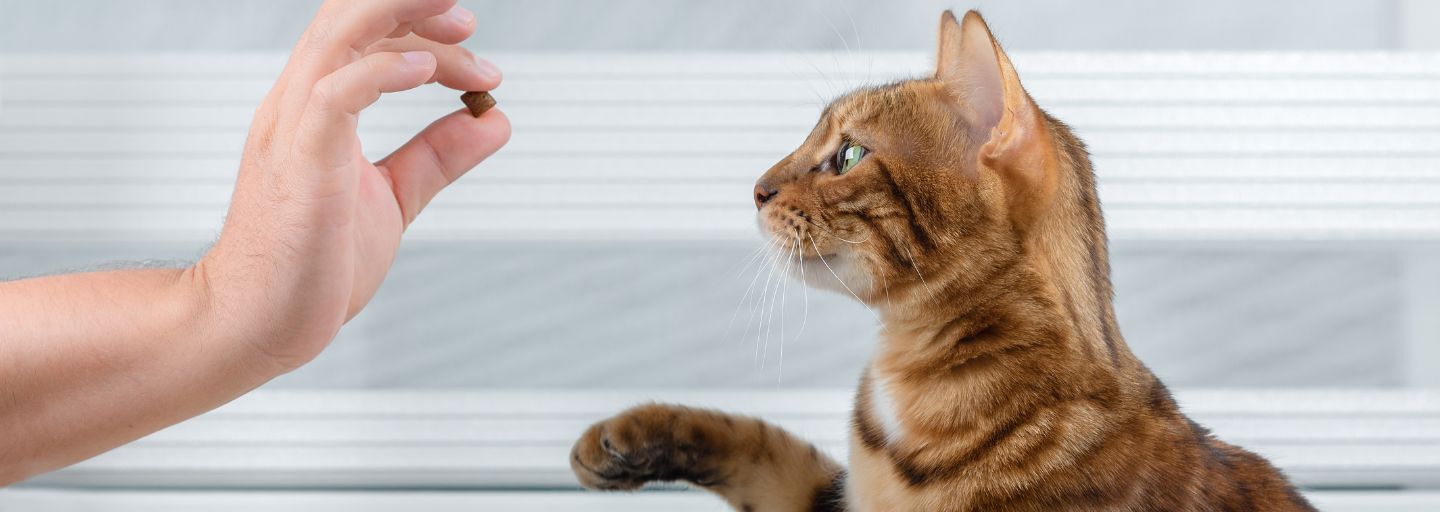Have you ever watched a pouncing cat's ritual and wondered why they wiggle before launching themselves into action? It's a captivating behaviour that showcases the innate instincts and agility of our feline friends. Let's delve into the reasons behind this intriguing behaviour and gain a deeper understanding of our cats' true nature.
Understanding Cat Anatomy: The Preparation for the Pounce
When a cat walks around the house, they use alternating legs, moving the front right leg with the back left leg and vice versa. This walking pattern helps them maintain balance and stability. However, when they spot their prey, or in most cases, a toy, their behaviour changes dramatically.
Before launching into their clandestine attack, your feline companion will crouch down and wiggle their hindquarters while pressing their paws into the ground. This wiggling motion serves a purpose beyond just looking cute or amusing us—it helps ground them and prepare for the big launch, much like a runner at the starting block.
By wiggling their hindquarters, cats engage their muscles and distribute their weight evenly, ensuring a stable and powerful leap. This preparatory movement helps them gather the necessary energy and balance to execute a precise and successful pounce. It's a testament to their remarkable agility and coordination.
The True Nature of Cats: Instincts at Play
While a pouncing cat may appear adorable, this behaviour is deeply rooted in their wild ancestry. Domestic cats, like their ancestors, possess an innate hunting instinct. They are natural-born predators and love to act out these instincts through play.
Observe your cat closely the next time they pounce on a toy. You'll notice their claws extend, their eyes focus intently, and they may even flick the toy into the air or shake it vigorously. These actions mimic the behaviour of a wild cat catching its prey, ensuring that the "prey" is incapacitated and ready for consumption. It's all part of their feline nature, a way for them to exercise their hunting skills and satisfy their instinctual drive.
Understanding the roots of this behaviour allows us to appreciate our cats on a deeper level. It reminds us that despite their domestication, they still retain their primal instincts and have a natural inclination to engage in hunting-like behaviours. Providing them with opportunities for play and stimulation not only fulfills their instinctual needs but also promotes their overall well-being and mental enrichment.
By recognizing and encouraging their natural behaviours, we can create a harmonious environment that supports their physical and emotional health. Interactive toys, puzzle feeders, and play sessions that mimic hunting scenarios are excellent ways to engage their instincts and provide them with the mental and physical stimulation they crave.
So, the next time you witness your cat's mesmerizing wiggle before a pounce, take a moment to appreciate the remarkable agility and instincts that lie within them. Embrace their true nature and provide them with the opportunities they need to engage in their natural behaviours. By doing so, you'll not only enhance their quality of life but also deepen the bond you share with your feline companion.



